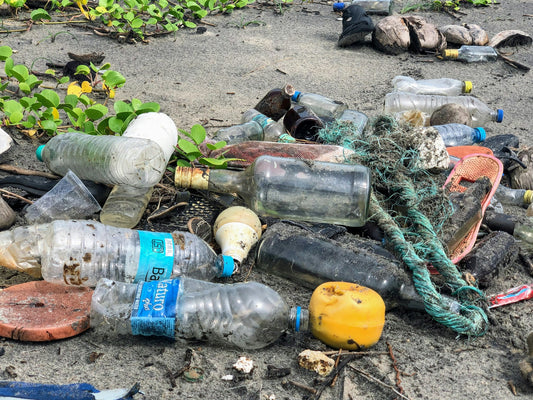Share
Radon Testing in Newfoundland and Labrador: Radon, an invisible, odorless gas, is the leading cause of lung cancer for non-smokers in Canada. Here are the key points from the article:
- Radon Levels in Homes: In Conception Bay South, 30% of homes tested had radon levels above Health Canada's guidelines. This led to increased awareness and education about radon testing in the community.
- Testing Process: Residents can use a small device placed in the lowest lived in level of their home for 91 days. After the test period, the device is sent to a lab for analysis.
- Recommended Test Kits: Health Canada recommends using Radtrak³ Alpha Track Long-Term Test kits, which are certified by the Canadian National Radon Proficiency Program. Other test kits, like Pro-lab's Long-Term Radon Gas Test Kit, are not recommended due to issues with proper reporting and timely testing.
- Importance of Testing: Health Canada advises that any home with radon levels above 200 becquerels per cubic meter should be mitigated within two years. The only way to know if a home has radon is to conduct a test.
- Community Initiatives: Municipalities in Newfoundland and Labrador, such as Conception Bay South and Mount Pearl, are participating in Radon Action Month by distributing free test kits from the Health Canada-funded Take Action on Radon campaign.
- Consumer Caution: Residents are advised to check the Canadian National Radon Proficiency Program's list of recommended providers before purchasing a test kit to ensure it is effective and reliable.
If you want to read more like this, make sure to check out our Blog and follow us on Instagram. If you are interested in truly sustainable products, check out our Shop.
Check out the original source here








